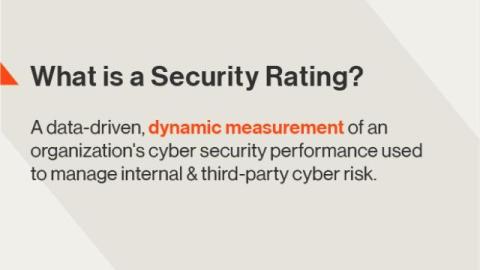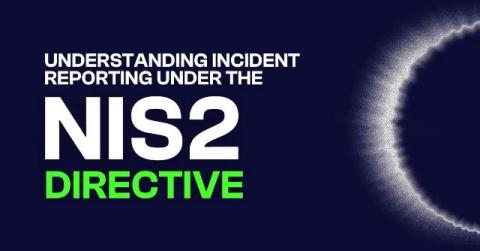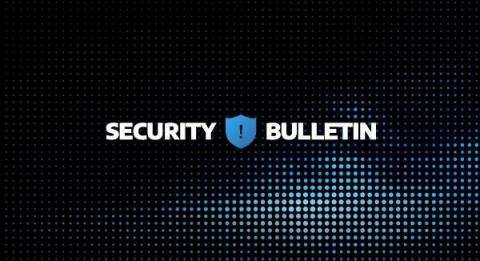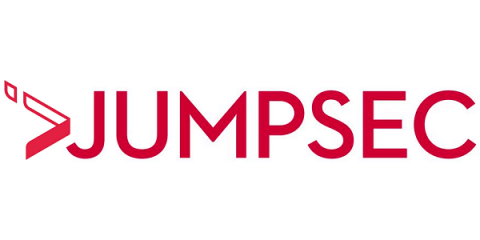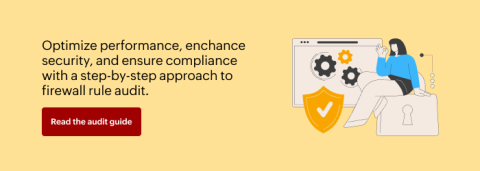A Complete Guide to Security Ratings
Security ratings are a data-driven, dynamic measurement of an organization's cyber security performance that can be used to understand and influence internal and third-party cyber risk. Sometimes referred to as cybersecurity ratings, these quantitative metrics give security teams a simple indicator of security performance across their own organization, as well as the security posture of the third-party organizations they rely on.


